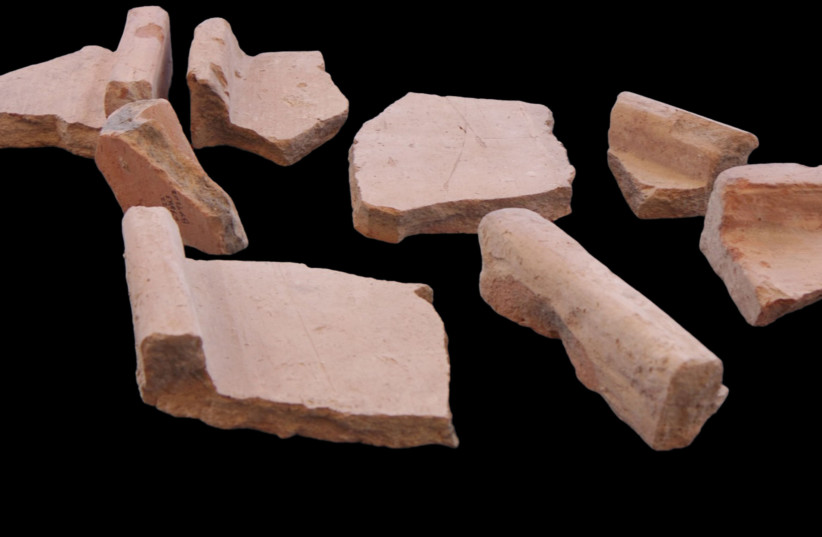
Ceramic roof tiles found in Jerusalem and traced to Greek King Antiochus IV of the Seleucid Dynasty were discovered at the City of David National Park, encircling the walls of the Old City.
Jerusalem Post reports on Wednesday that until now, little evidence of the Greek Seleucid presence has been discovered in Jerusalem.
Ceramic roofing tiles were invented in Greece as early as the 7th Century BCE. Their durability and resistance to water, specifically rainwater and precipitation, made them popular in neighboring areas – but 500 years went by until they began to appear in the material culture of the Land of Israel.
Archaeologists may have found roof tiles from Antiochus’ missing citadel in Jerusalem https://t.co/Z5assPZLCj #Israel #Jerusalem #Archaeology #Rome #Jewish
— ruthschuster (@ruthschuster) December 6, 2023
Jerusalem tiles point to Seleucid Dynasty origins
It is possible that the person who brought them to Israel was none other than Antiochus IV Epiphanes – known to all of us from the story of Hanukkah, Jerusalem Post notes.
Representatives of the Seleucid King, Antiochus IV, who reigned over vast areas, from Syria to Persia, brought the knowledge and tradition of constructing tiled roofs from Seleucid-controlled Syria.
“Tiles were very rare in our region during this period, and they were alien to local construction traditions, indicating that the technique of using tiles to roof parts of a tower or a structure inside that famous fortress was brought from Greek-controlled areas by foreign rulers,” archaeologist Dr. Filip Vukosavović from Israel Antiquities Authority told the Jerusalem Post.
“The climate and the relatively low precipitation in Israel, as well as other factors, do not justify the use of tiles for roofing, yet Antiochus still chose to make use of these roof tiles, probably for cultural reasons and to make a statement, by introducing Greek monumental material culture in the country at a short distance from the Jewish Temple,” he continued.
“It is therefore probably not incidental that with the collapse of Seleucid rule and the ascent of the Hasmoneans, roofing tiles disappeared from Jerusalem, until the arrival of the new Roman conquerors.”
The Greek Dynasty
The Seleucid Empire was a Hellenistic state in Western Asia that existed from 312 BC to 63 BC, founded by Seleucus I Nicator, a general in Alexander the Great’s army.
Following the split of the Macedonian Empire established in Asia by Alexander the Great, Seleucus I first took the Mesopotamian region of Babylonia in 321 BC.
The general then founded Antioch and expanded his dominions to include much of the Near Eastern territories that belonged to the former Macedonian Empire.
The Seleucid Empire took over more territories including Anatolia, Persia, the Levant, Mesopotamia, and today’s Kuwait, Afghanistan, and parts of Turkmenistan.
The Seleucid Empire promoted Hellenistic culture in Asia while at the same time tolerating local languages and traditions rather than eradicating them.
A Greek elite dominated politics, thus making the empire attractive to numerous immigrants from Greece.
Related: Greek Descendants of the Seleucid Dynasty in Today’s Kyrgyzstan
See all the latest news from Greece and the world at Greekreporter.com. Contact our newsroom to report an update or send your story, photos and videos. Follow GR on Google News and subscribe here to our daily email!



